In December 2017, Elizabeth Miller and Craig Pedersen (Sound of the Mountain) had a residency at Spectrum Project Space in Perth, Western Australia. (The whole week of which was incredible.) As part of this residency, they screened a film by Shinkan Tamaki called time space motion. As it happened, we recorded ourselves watching this mostly silent film (we had been recording another performance and the device was left on while the film screened).
I felt very moved by this film. Aside from being probably the most stunning piece of film I’ve ever seen, it really resonated with an aesthetic that I was trying to explore almost twenty years ago in art school as a painter. And having a not very pleasant time. In part, I could have articulated what I was striving to explore more clearly. In part, it just seemed like everyone else was interested in different things and didn’t really get what I was interested in. I was interested in something about the beauty of the everyday, of the textural landscape-like beauty of pavements and walls that perform their history. I tried to explore this in painting and collage—admittedly not very well—and had people say things like ‘it just looks like a random mess on a wall or pavement, and you wouldn’t stop to look at that’. At the time, I was one of those people who did stop to look at things like that.
I stopped painting when I left art school (in 1998). And I haven’t painted since. It’s not as sad as it sounds—my creative focus shifted towards poetry and musick. I was still creatively engaged with the world. But I didn’t have a particularly great time at art school. I certainly didn’t find it nourishing. And I just drifted away / let it go when I left.
Cut to nineteen years later and some friends of mine show a film which moves me to tears and stirs up all kinds of emotions in me I haven’t felt for a long, long time. I cry because I have never seen a film so beautiful. I cry because I am confronted with an incredibly refined version of the aesthetic that I was striving for all those years ago (and which I abandoned).
I dream about painting most nights for a few weeks after watching this film and despite most of my house being packed up for a move to the other side of the continent, I buy some paints and paint for the first time in nearly two decades. It’s frustrating, not having practiced for so long, and it’s also incredibly satisfying and profoundly disorientating and pleasurable. Years of visceral memories around paint and texture feel present in my body prompting all kinds of responses.
I felt moved to do something in response to my encounter with this film, and while my return to painting in some ways feels more important (whether or not the painting goes anywhere interesting in terms of outcomes) I was highly amused by the accidental recording of our (mostly) silence watching this (mostly) silent film. And something about these recording for me references paying attention to the everyday, the overlooked, ‘silence’ and striving to see new images in/of the world.
digital penetration / Sage J Harlow / Sage Pbbbt
digitalpenetration.bandcamp.com / SagePbbbt.com
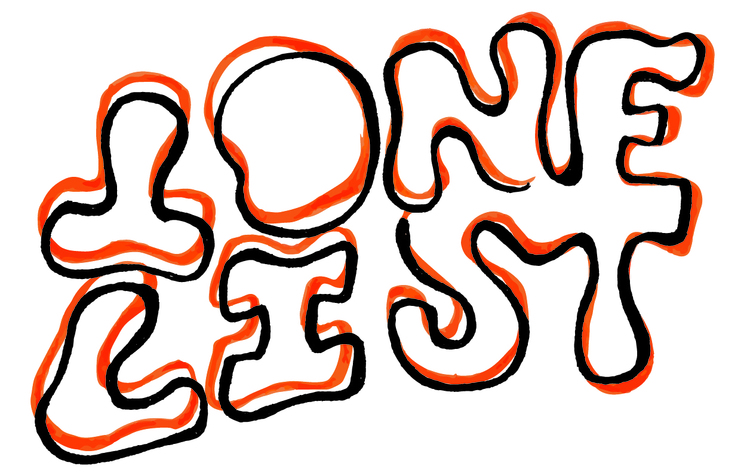

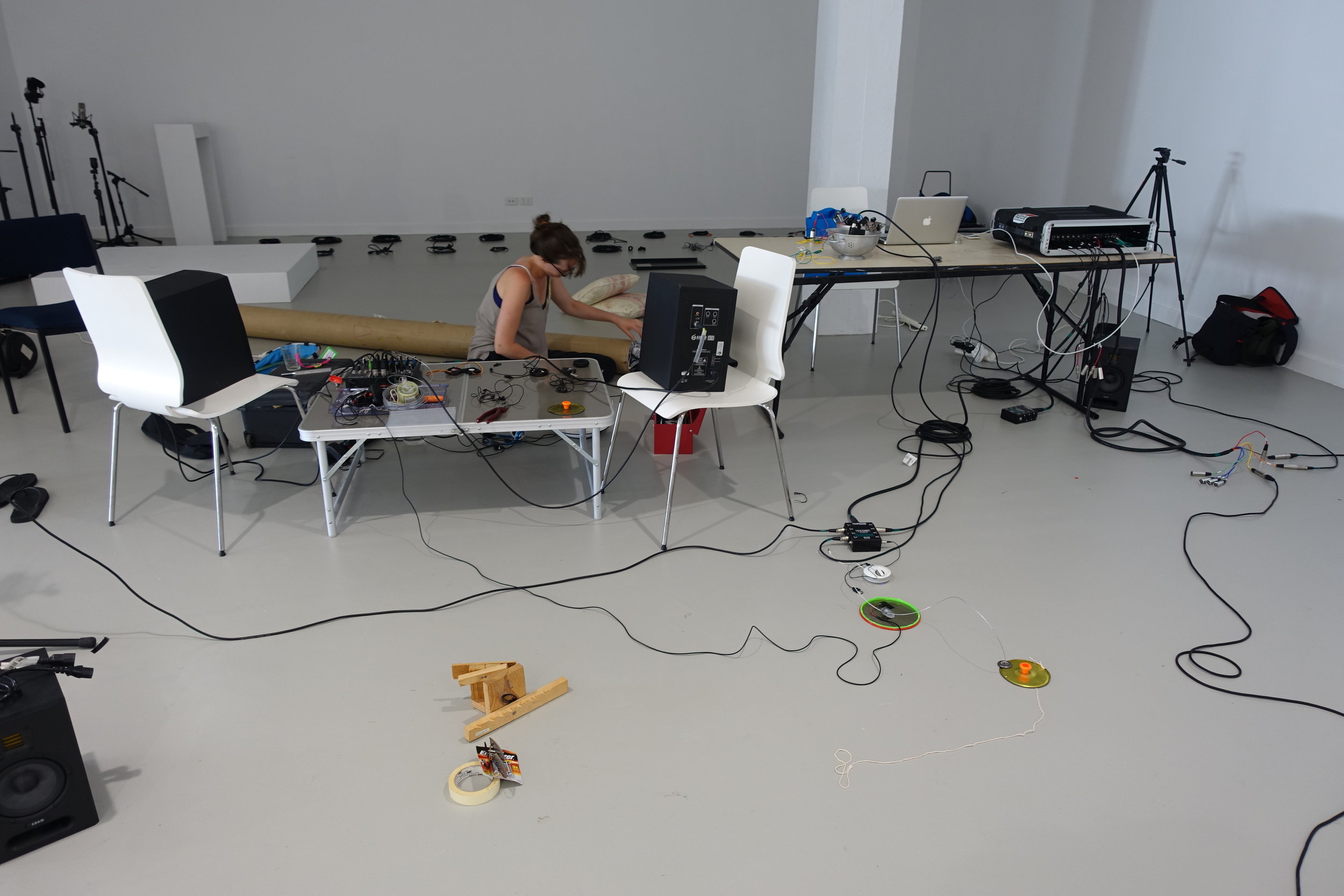
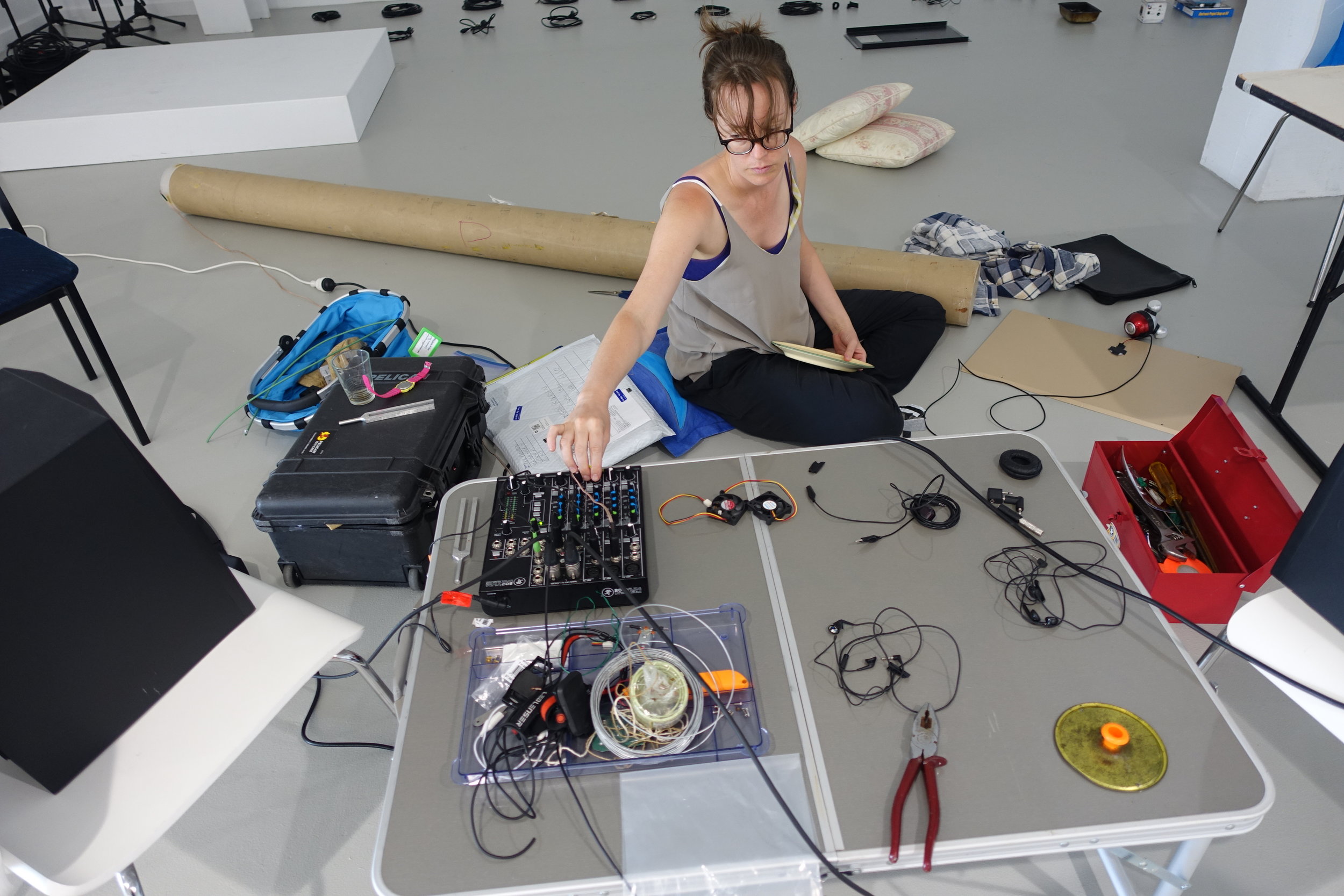

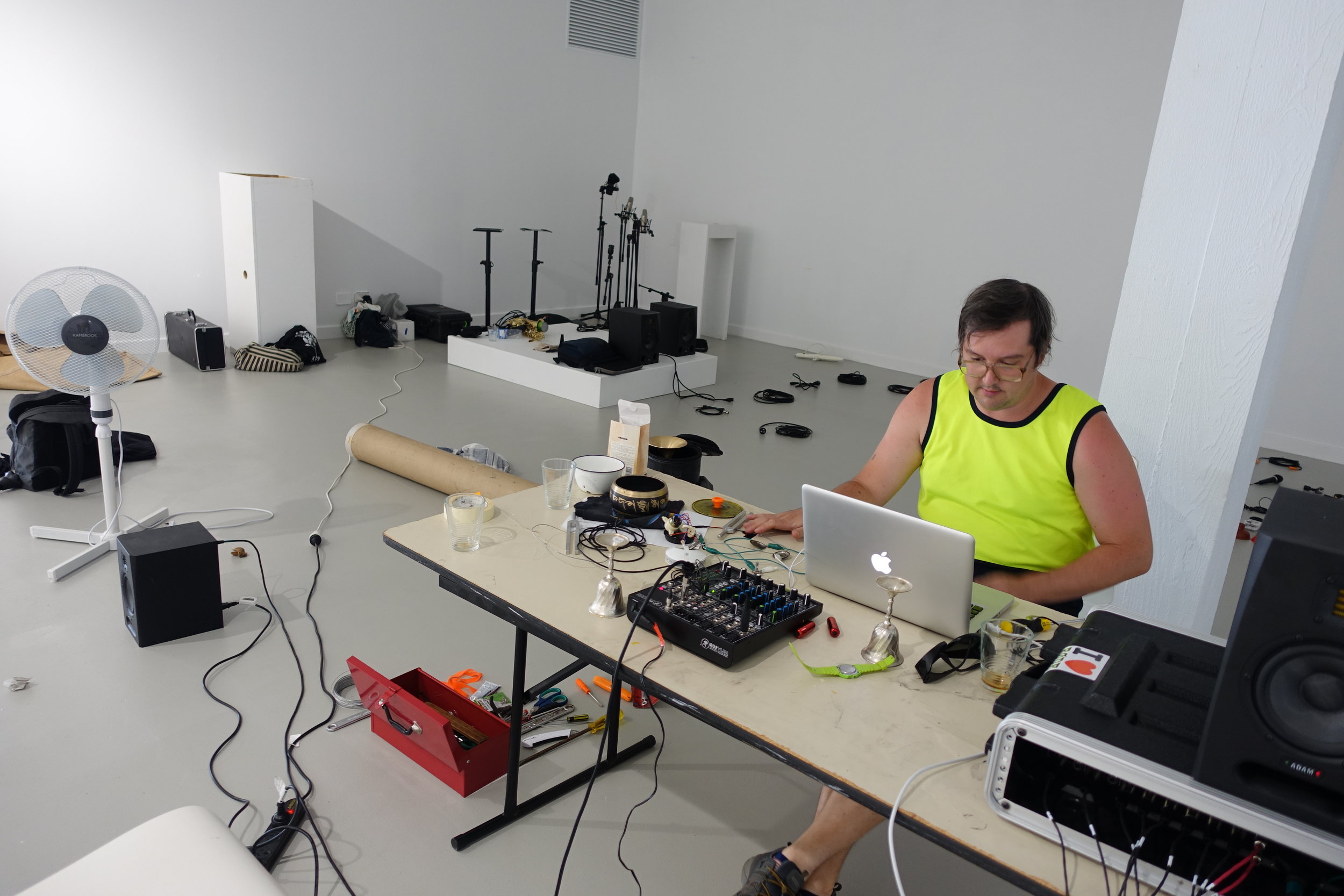
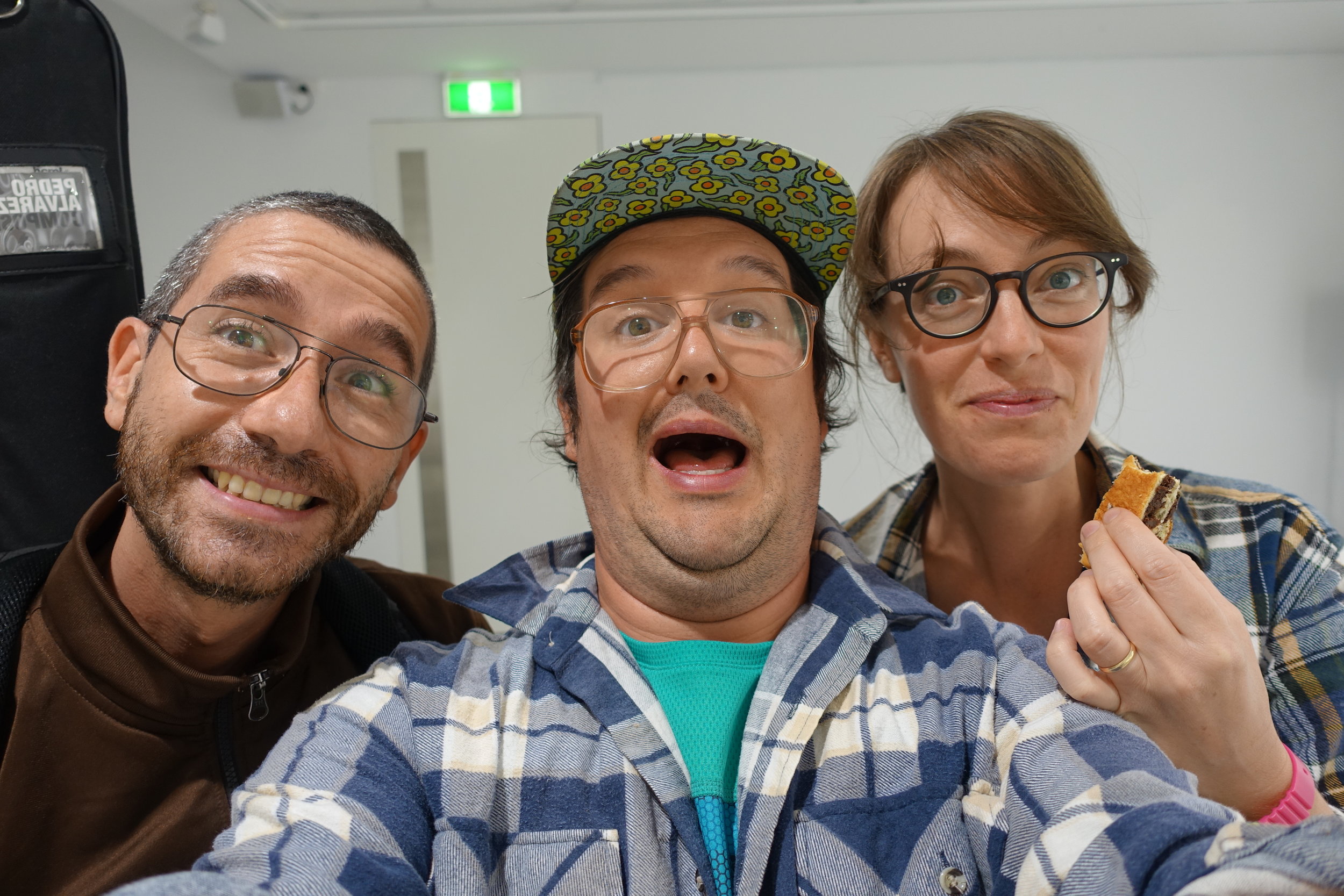
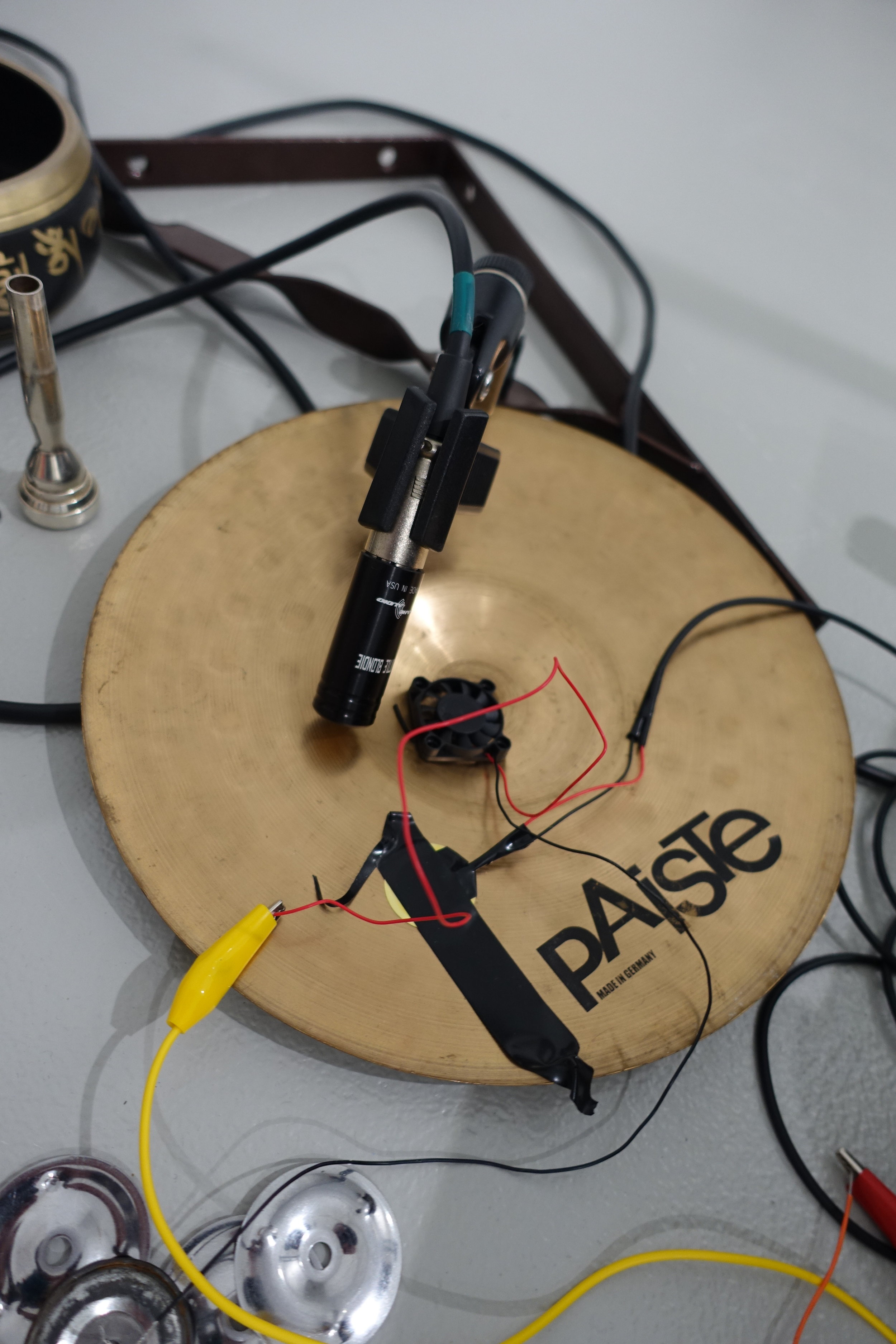
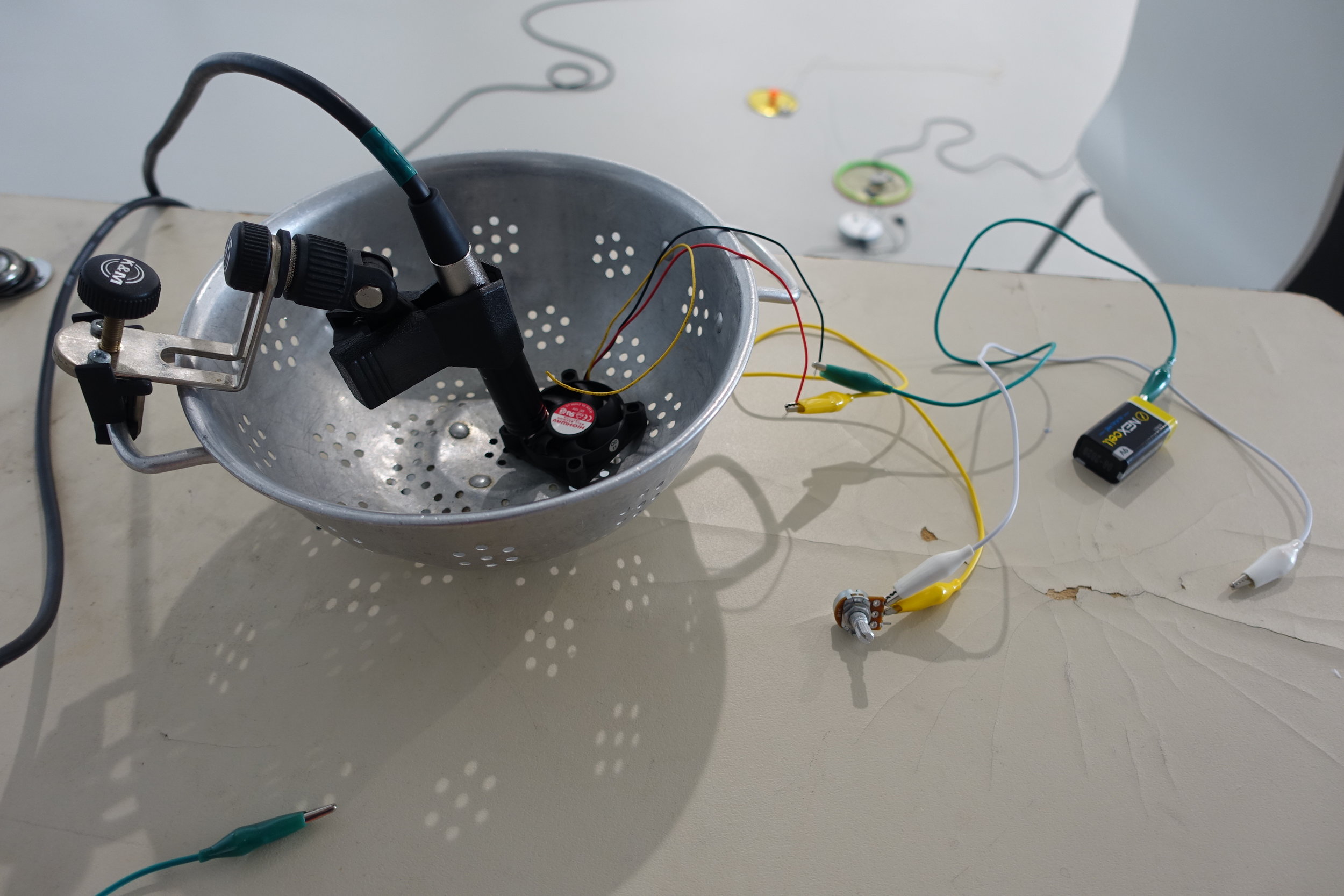
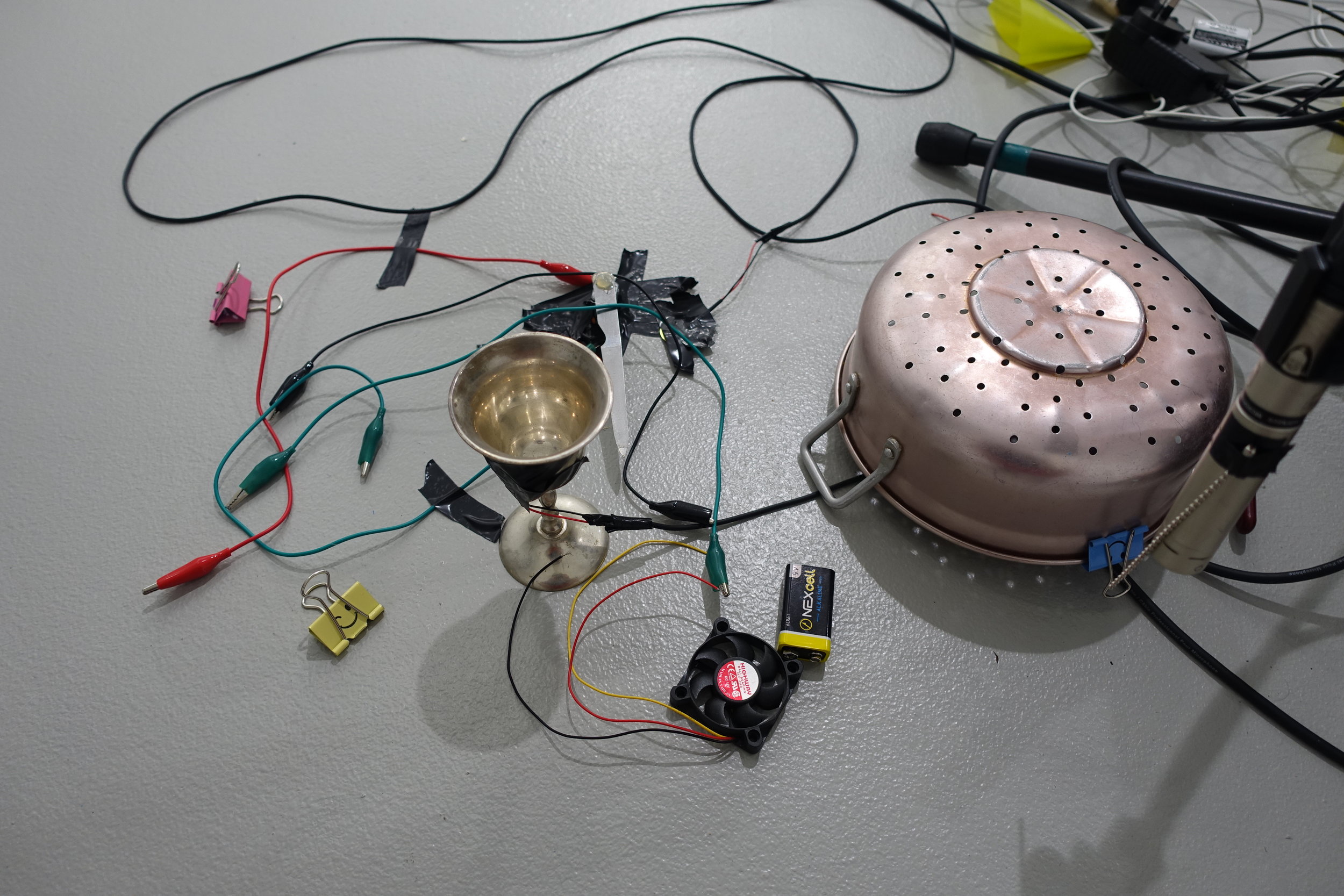
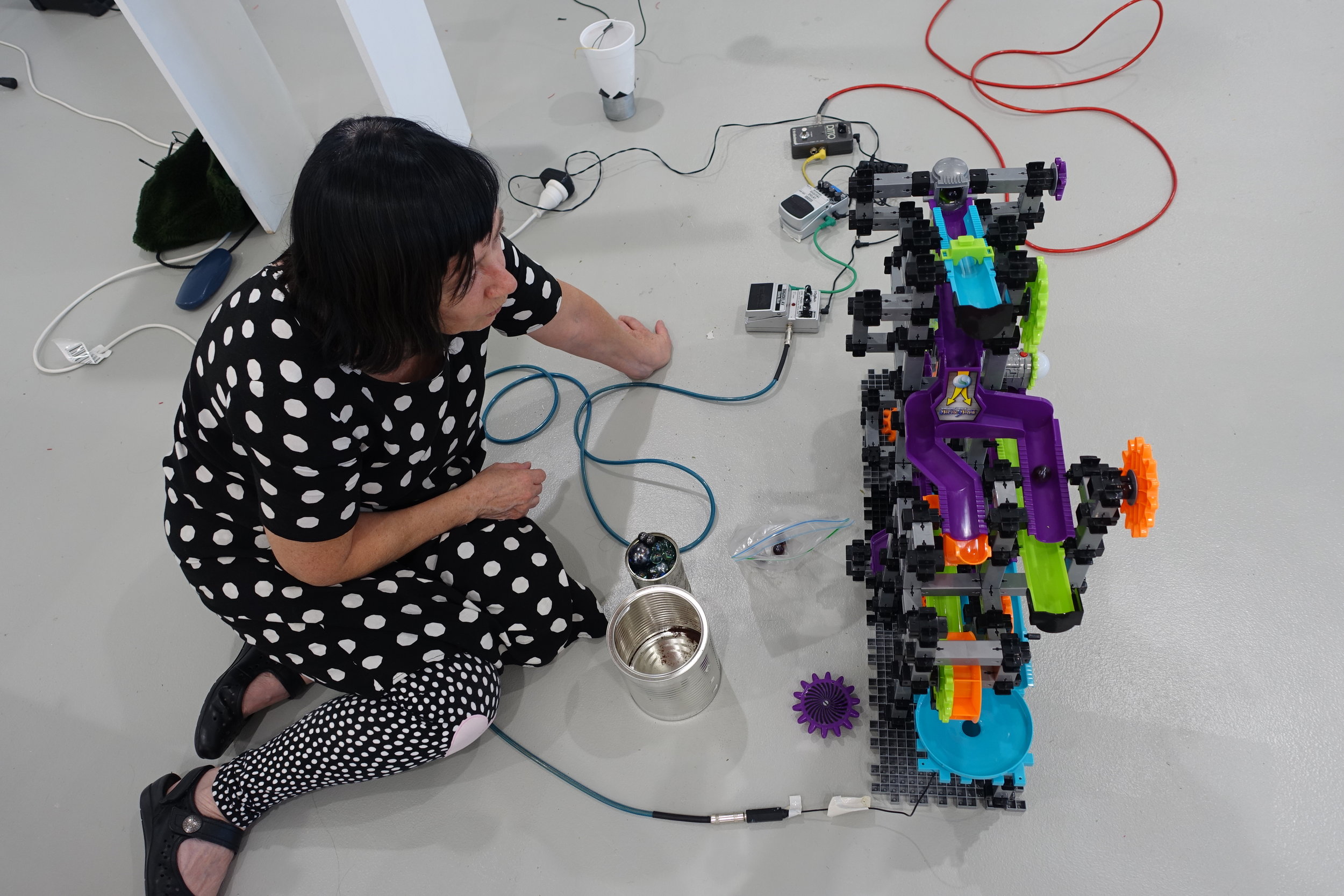
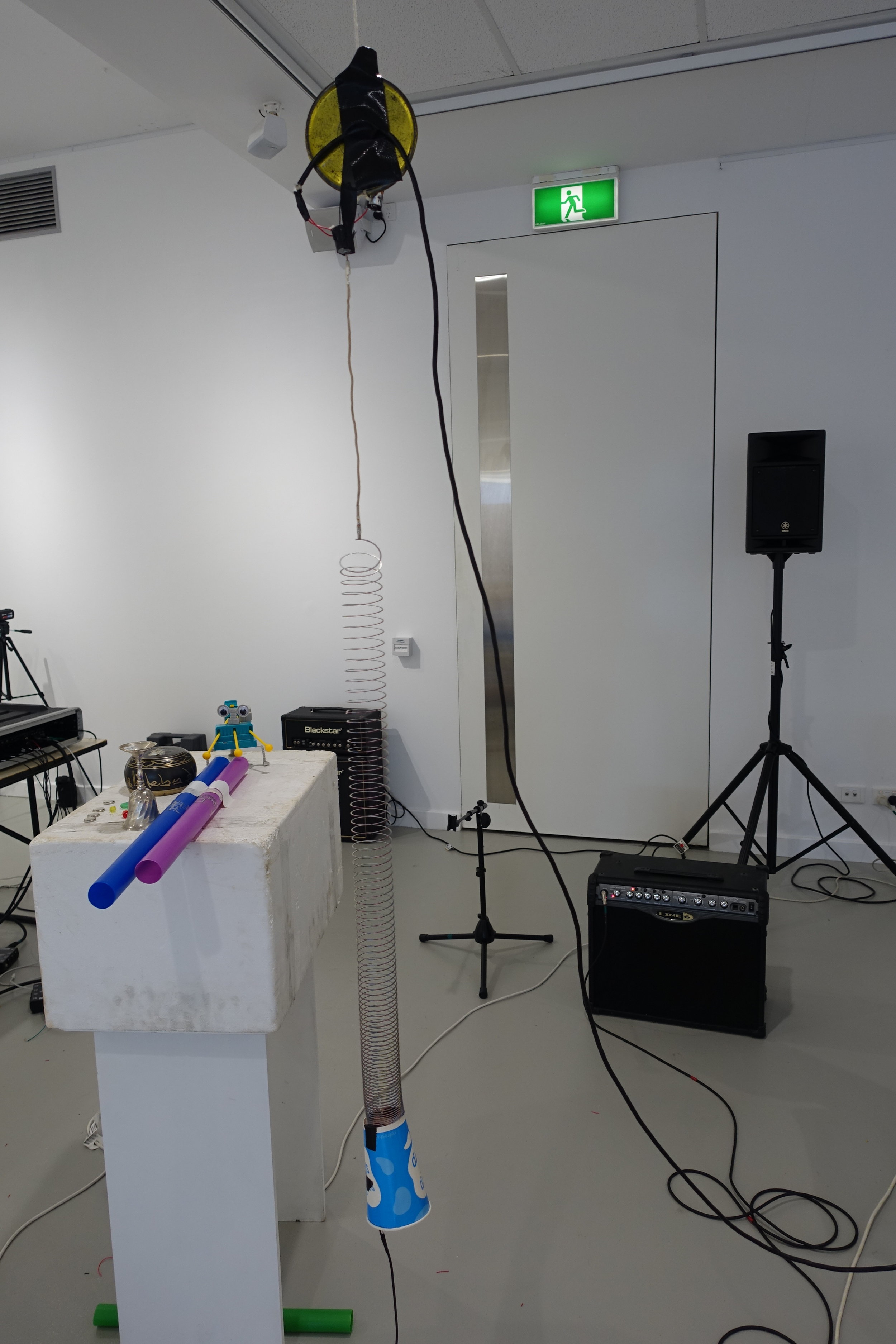
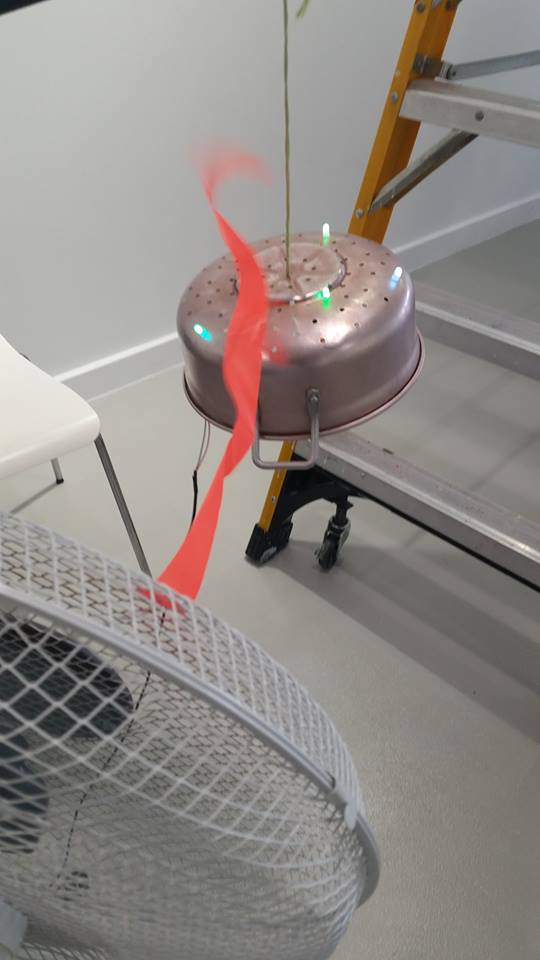
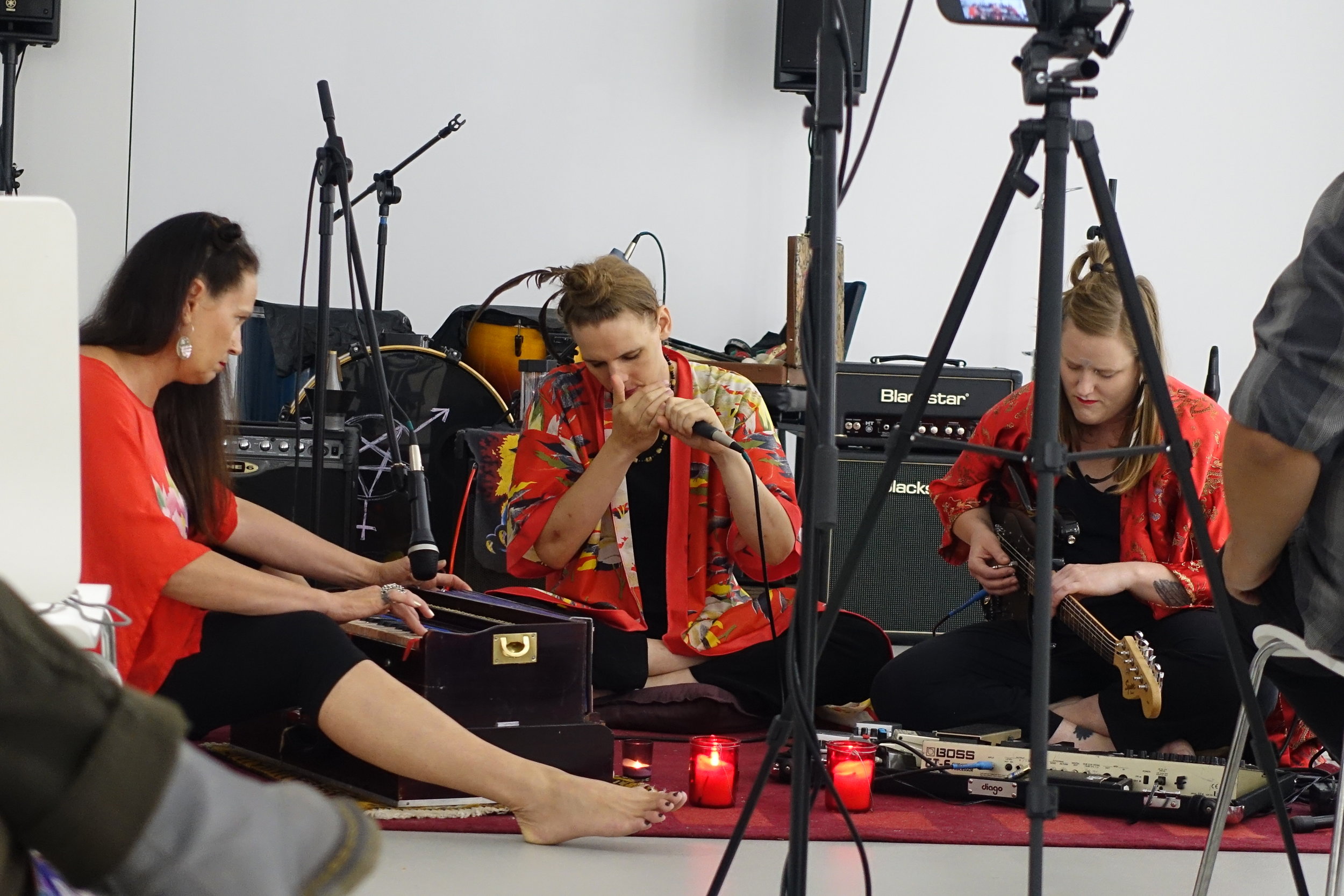

![20171123_132529[1].jpg](https://images.squarespace-cdn.com/content/v1/57183e8286db436a3793a7cf/1512022854249-1ALU5OZ3M74P7RRXKZ81/20171123_132529%5B1%5D.jpg)




![20171124_224307[1].jpg](https://images.squarespace-cdn.com/content/v1/57183e8286db436a3793a7cf/1512023414563-2PD4KFLYHXCY7JGDVYAM/20171124_224307%5B1%5D.jpg)
![20171125_125338[1].jpg](https://images.squarespace-cdn.com/content/v1/57183e8286db436a3793a7cf/1512024208459-DUZEP7OXWZ6VR8Y1J4ZT/20171125_125338%5B1%5D.jpg)
![20171129_212242[1].jpg](https://images.squarespace-cdn.com/content/v1/57183e8286db436a3793a7cf/1512025220081-QG8X0R0NVL5BFD91J5QP/20171129_212242%5B1%5D.jpg)
![20171129_215452[1].jpg](https://images.squarespace-cdn.com/content/v1/57183e8286db436a3793a7cf/1512025267955-ZG921XFE5NLYGMZ6HPCR/20171129_215452%5B1%5D.jpg)